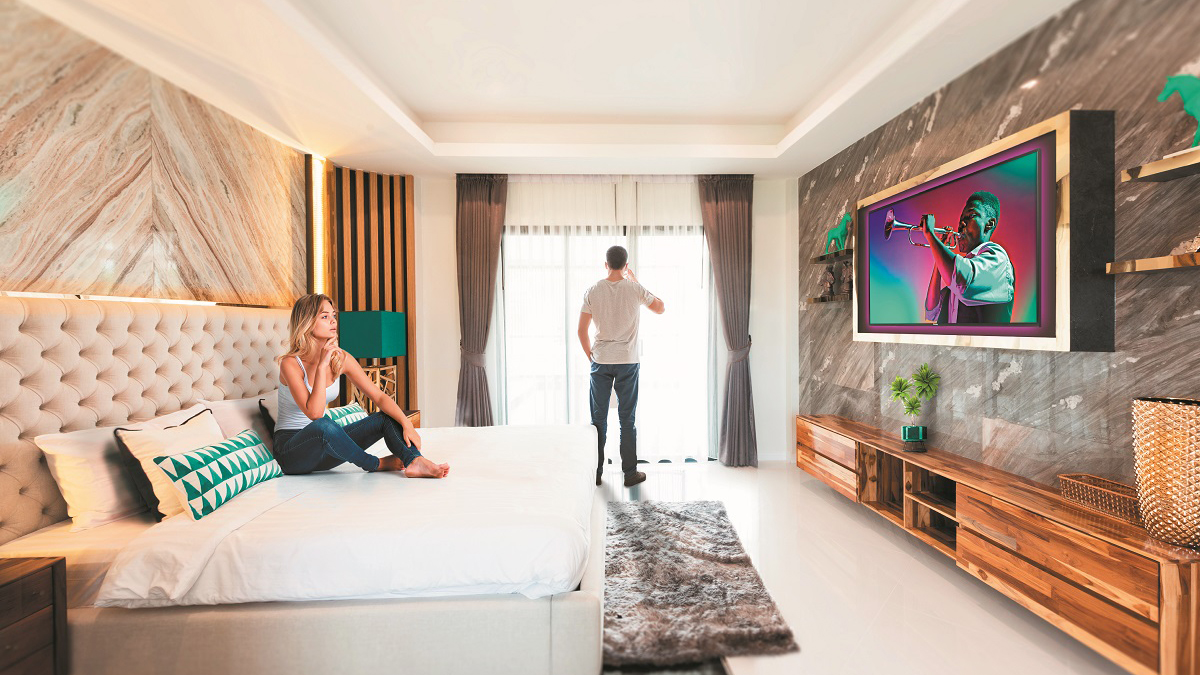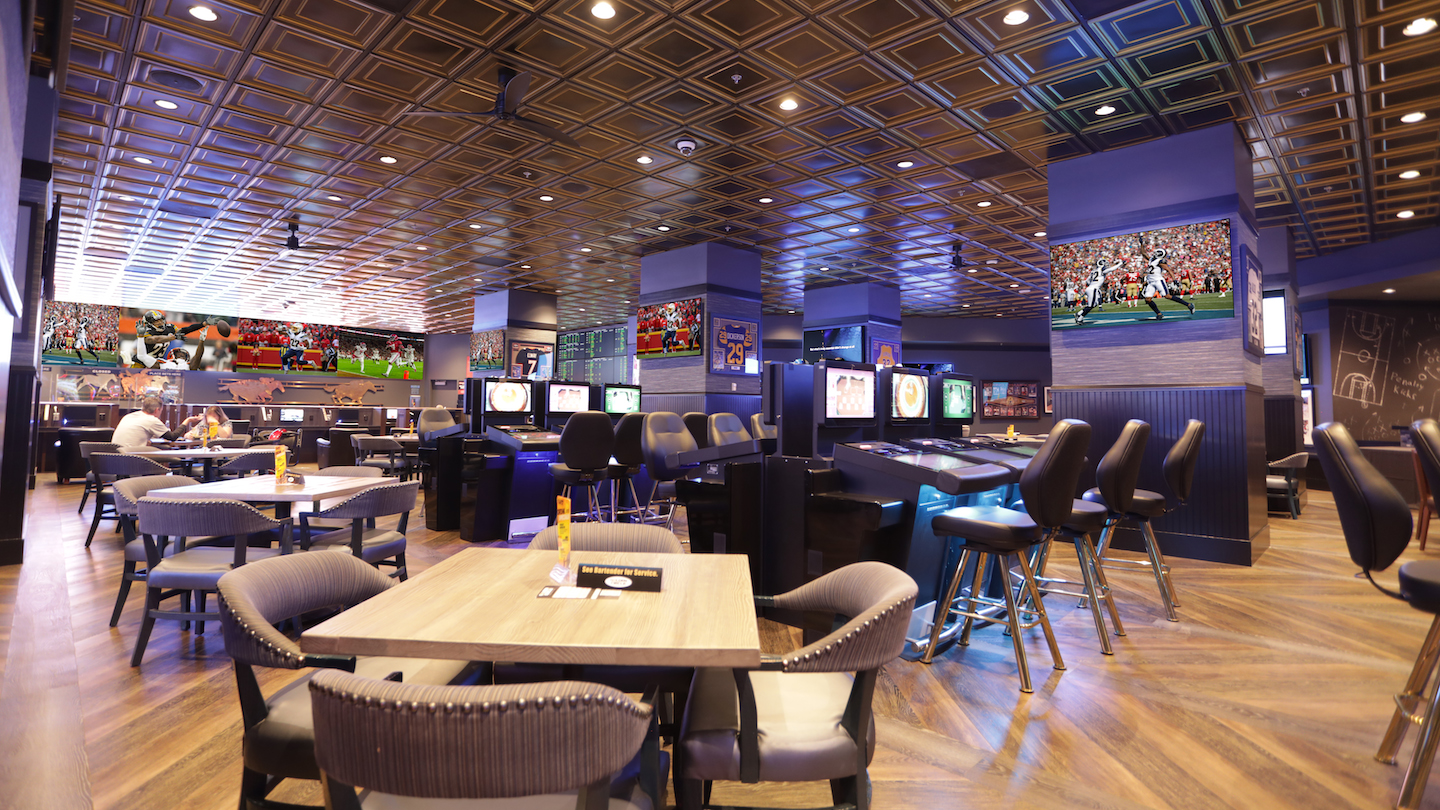The travel and hospitality industries have suffered mightily through the COVID-19 pandemic, with U.S. hotels posting their worst numbers on record in 2020. The industry closed out the year with an anemic occupancy rate of 44 percent and more than 1 billion unsold room nights for the first time ever, according to data from STR.

“The pandemic has ravaged the hospitality industry,” said David Schwartz, founder and CEO of Essential Communications. Schwartz has had a front-seat vantage of the situation in New York City, a perennial top destination for travelers.
“Sixty percent of NYC restaurants have permanently closed due to the pandemic, and data from Yelp suggests businesses are struggling to recover despite some reopening measures,” he said. “Existing hotels, which are reopening very slowly after two years of being dormant, are reluctant to spend money on either new systems or upgrades that may be necessary, especially for properties with aging AV systems.”
Nationwide, hotel chains are working to recover to pre-pandemic guest numbers, but with fewer hotel employees. As labor shortages continue, many properties are learning to do more with less—and that could mean a coming uptick in technology investment for hotel common areas. For example, Schwartz has seen steady growth in the construction of screening rooms that hold up to 100 people, which the hotels rent for presentations and private screenings. But lobbies remain the most popular hotel space for installations of audio- and video-related technology.

“An experiential lobby, ambient music in the hallways, digital signage and wayfinding, and lounges and restaurants with screens are all part of an immersive AV experience,” said Matt Wilson, director of marketing at McCann Systems. “Making entranceways and lobbies areas that guests want to be in and feel connected to is pound-for-pound the best use of AV or LED displays in a hospitality situation.”
[ Integrating for the Hospitality Experience ]
Pre-pandemic, the boutique hotel boom relegated many of those mass-communication tactics to the sidelines—instead of LEDs, display screens and wayfinding kiosks, these properties are more inclined to use concierge services to give guests a personal touch. The hospitality industry’s reemergence from a period of relative dormancy coincides with continued growth in personal technology, and has drawn attention away from common areas and toward the guest rooms.
“Where I have seen and provided AV improvements the most is in guest rooms,” said Schwartz. “This really is the place where hoteliers tend to spend the most money. It makes sense; options for AV have expanded exponentially. I’ve seen turntables in rooms, and you can get records from the front desk.”

The menu of options grows from there, from 80-inch TVs with soundbars to bedside alarm and entertainment sets with Bluetooth connectivity. Personalized experiences are where hospitality groups are investing, but not quickly enough, said Joe King, vice president of commercial displays at PPDS (formerly Philips Professional Display Solutions).
[ How Display Solutions Can Help the Hospitality Market Recover and Thrive ]
“I go back to the days when you would drive by the Holiday Inn on the interstate and [the sign] said ‘Free HBO’ or ‘Room Service,’” said King. “When you checked into a hotel, you got something that you didn’t get at home.”

Now, the tables have turned, he said. Guests have a nearly infinite number of entertainment options at home, while hotels are having to play catch-up. The majority of hotel brands still offer conventional set-top-box cable TV services, while nearly half of U.S. households have already cut the cable cord in favor of over-the-top streaming services like YouTube TV, Sling TV, and Netflix, as well as network-owned apps from ESPN, Disney, Paramount, and others. These apps make it easier for guests to watch programs that they would get in their home markets, such as sporting events.
“Next week when I’m in Dallas, the [Atlanta] Braves are going to play the [Philadelphia] Phillies, and what I typically end up doing is watching it on either my laptop or my tablet,” said King. “Wouldn’t it be great if I could watch it on the 50-inch in the hotel room? I think people are starting to wonder, ‘Why can’t I do what I can do at home in my hotel room?’ That’s where we’re starting to see some people look to invest.”
Smart TVs are one solution that major chains are implementing through AV integrators, and the growth potential appears significant. IHG, which owns Kimpton, Holiday Inn, and other hotel brands, currently provides smart TVs in less a quarter of their rooms, while half of Marriott rooms are equipped with smart TVs. But using the apps through a smart TV in a hotel room isn’t free; guests log in with their personal credentials, and both the guest and the hotel carry the burden of security risks.
[ How Outdoor AV Can Help Move the Hospitality Industry Forward ]
“The challenge for hotels is erasing all that data after a guest checks out,” said Schwartz. “It can get cumbersome, and there are also security concerns from both the guests’ credentials and personal data, and from the hotel side and their responsibility to maintain and secure guest and credit card information. Until it can be made both easy and secure, it will remain difficult.”
With the hotel experience increasingly relying on the guest’s own preferences and resources, though, how far down that road brands will go remains unclear. According to King, enthusiasm for voice activation, the next logical amenity for guest rooms, is currently low.
“There’s some skepticism about something that can hear you,” he said. “I think hotels have been somewhat reluctant to put those types of devices in their guest rooms for fear that the guest thinks someone’s always listening to them. ‘Even though it’s a remote control, and it can hear me and interpret what I’m saying, is it always listening to me?’”
Despite the catastrophic losses hotels have endured over the past 20 months, hotel brands have had ample time to retool and plan for renovations and upgrades to their properties.
“As hotels recover from the pandemic, you’re starting to see a lot of people look at technology maybe a little differently,” said King. “They’ve had time to study and look at different things during their downtime, so I think it has changed the outlook at the [hotel] brands as to how they have to address technology, and that’s for the better. I think as we go three or four years down the road, a lot of stuff that came out of the pandemic is going to be that hotels are going to invest more in technology.”
This article originally appeared in the November 2021 issue of SCN. Click here to read more stories from November 2021.
Related Stories
Creating Interactive Experiences with Digital Signage • Digital signage, once a basic tool used by businesses to share static updates, has evolved to offer more complex content and real-time updates in any type of environment or in any form, from a video wall to a 4K touchscreen.
Positive Changes for PPDS • PPDS devotes significant resources to keeping pace with technology advancements and responding to the ever-changing needs of the market. Two of the biggest changes for the company this year, according to Joe King, have been the corporate rebranding and the expansion into displays for the hospitality market.
Vegas’ Westgate Resort & Casino Overhauls AV Distribution • Las Vegas’ Westgate Resort & Casino, home to the “Super Book” 4K video wall, recently underwent a full AV system upgrade to achieve next-gen performance.
Interactive Ecosystem • In the post-COVID world, interactive displays must be versatile, IoT-ready, and supremely easy to use. But that’s just the beginning.
Touchless Systems: Manufacturers Discuss AV's Latest Trend • In a flurry of innovation, industry leaders have been developing new products and solutions to help facilitate a healthy return to corporate and college campuses, hospitality, and more. We reached out to manufacturers to learn about the solutions they’re working on for this new, touch-free world.
